Edoardo Daniele Cannas
Is JPEG AI going to change image forensics?
Dec 04, 2024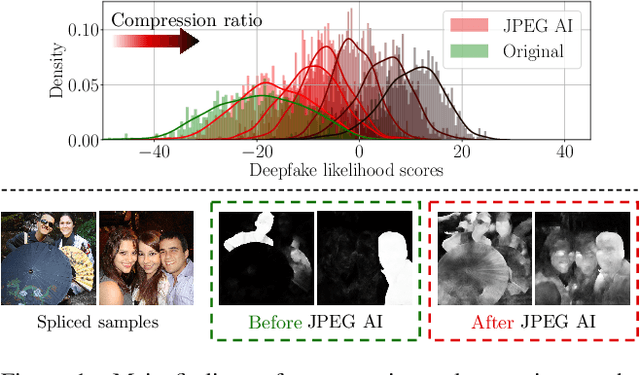



Abstract:In this paper, we investigate the counter-forensic effects of the forthcoming JPEG AI standard based on neural image compression, focusing on two critical areas: deepfake image detection and image splicing localization. Neural image compression leverages advanced neural network algorithms to achieve higher compression rates while maintaining image quality. However, it introduces artifacts that closely resemble those generated by image synthesis techniques and image splicing pipelines, complicating the work of researchers when discriminating pristine from manipulated content. We comprehensively analyze JPEG AI's counter-forensic effects through extensive experiments on several state-of-the-art detectors and datasets. Our results demonstrate that an increase in false alarms impairs the performance of leading forensic detectors when analyzing genuine content processed through JPEG AI. By exposing the vulnerabilities of the available forensic tools we aim to raise the urgent need for multimedia forensics researchers to include JPEG AI images in their experimental setups and develop robust forensic techniques to distinguish between neural compression artifacts and actual manipulations.
Hiding Local Manipulations on SAR Images: a Counter-Forensic Attack
Jul 09, 2024
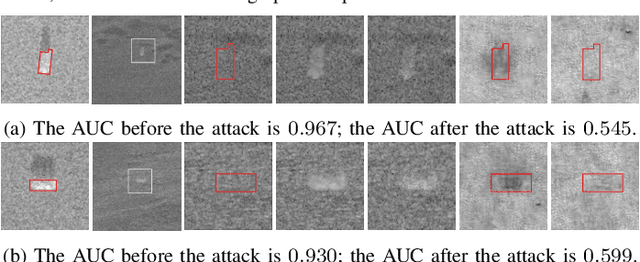


Abstract:The vast accessibility of Synthetic Aperture Radar (SAR) images through online portals has propelled the research across various fields. This widespread use and easy availability have unfortunately made SAR data susceptible to malicious alterations, such as local editing applied to the images for inserting or covering the presence of sensitive targets. Vulnerability is further emphasized by the fact that most SAR products, despite their original complex nature, are often released as amplitude-only information, allowing even inexperienced attackers to edit and easily alter the pixel content. To contrast malicious manipulations, in the last years the forensic community has begun to dig into the SAR manipulation issue, proposing detectors that effectively localize the tampering traces in amplitude images. Nonetheless, in this paper we demonstrate that an expert practitioner can exploit the complex nature of SAR data to obscure any signs of manipulation within a locally altered amplitude image. We refer to this approach as a counter-forensic attack. To achieve the concealment of manipulation traces, the attacker can simulate a re-acquisition of the manipulated scene by the SAR system that initially generated the pristine image. In doing so, the attacker can obscure any evidence of manipulation, making it appear as if the image was legitimately produced by the system. We assess the effectiveness of the proposed counter-forensic approach across diverse scenarios, examining various manipulation operations. The obtained results indicate that our devised attack successfully eliminates traces of manipulation, deceiving even the most advanced forensic detectors.
An Overview on the Generation and Detection of Synthetic and Manipulated Satellite Images
Sep 19, 2022
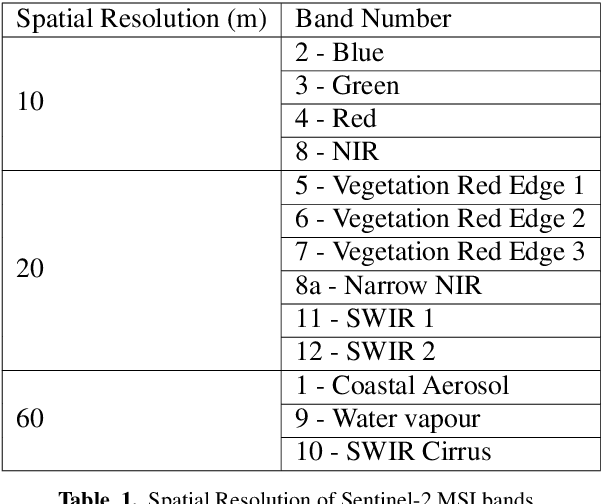
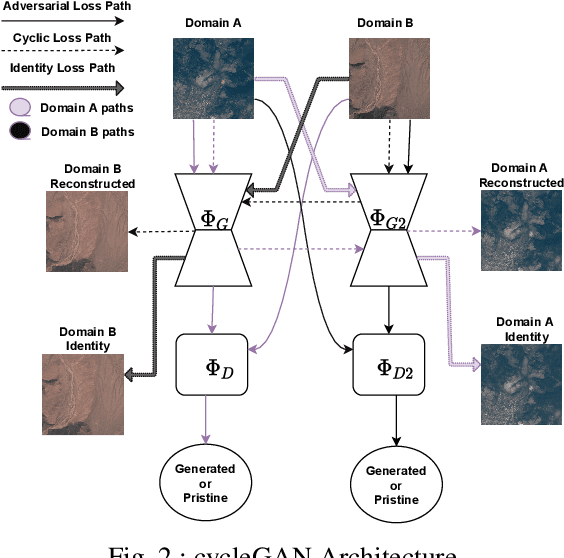

Abstract:Due to the reduction of technological costs and the increase of satellites launches, satellite images are becoming more popular and easier to obtain. Besides serving benevolent purposes, satellite data can also be used for malicious reasons such as misinformation. As a matter of fact, satellite images can be easily manipulated relying on general image editing tools. Moreover, with the surge of Deep Neural Networks (DNNs) that can generate realistic synthetic imagery belonging to various domains, additional threats related to the diffusion of synthetically generated satellite images are emerging. In this paper, we review the State of the Art (SOTA) on the generation and manipulation of satellite images. In particular, we focus on both the generation of synthetic satellite imagery from scratch, and the semantic manipulation of satellite images by means of image-transfer technologies, including the transformation of images obtained from one type of sensor to another one. We also describe forensic detection techniques that have been researched so far to classify and detect synthetic image forgeries. While we focus mostly on forensic techniques explicitly tailored to the detection of AI-generated synthetic contents, we also review some methods designed for general splicing detection, which can in principle also be used to spot AI manipulate images
Amplitude SAR Imagery Splicing Localization
Jan 07, 2022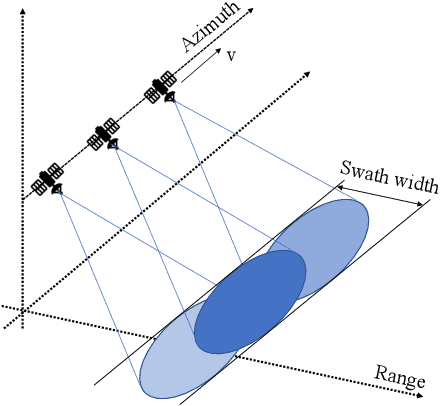
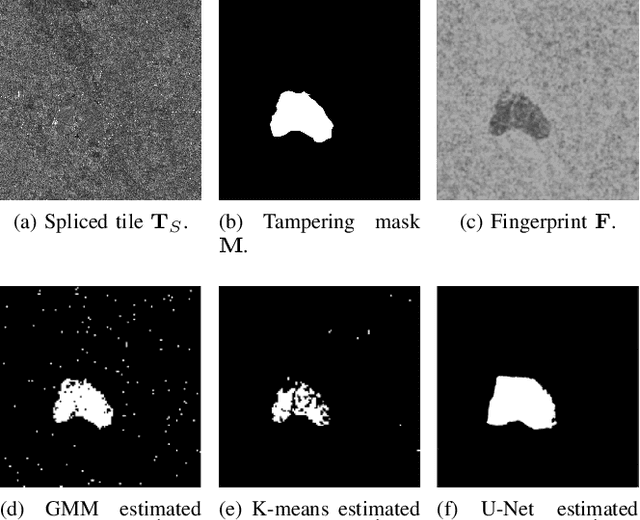

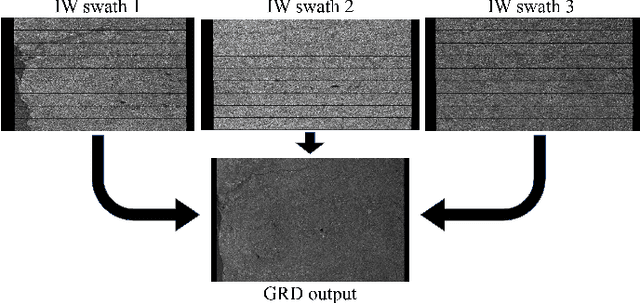
Abstract:Synthetic Aperture Radar (SAR) images are a valuable asset for a wide variety of tasks. In the last few years, many websites have been offering them for free in the form of easy to manage products, favoring their widespread diffusion and research work in the SAR field. The drawback of these opportunities is that such images might be exposed to forgeries and manipulations by malicious users, raising new concerns about their integrity and trustworthiness. Up to now, the multimedia forensics literature has proposed various techniques to localize manipulations in natural photographs, but the integrity assessment of SAR images was never investigated. This task poses new challenges, since SAR images are generated with a processing chain completely different from that of natural photographs. This implies that many forensics methods developed for natural images are not guaranteed to succeed. In this paper, we investigate the problem of amplitude SAR imagery splicing localization. Our goal is to localize regions of an amplitude SAR image that have been copied and pasted from another image, possibly undergoing some kind of editing in the process. To do so, we leverage a Convolutional Neural Network (CNN) to extract a fingerprint highlighting inconsistencies in the processing traces of the analyzed input. Then, we examine this fingerprint to produce a binary tampering mask indicating the pixel region under splicing attack. Results show that our proposed method, tailored to the nature of SAR signals, provides better performances than state-of-the-art forensic tools developed for natural images.
Training Strategies and Data Augmentations in CNN-based DeepFake Video Detection
Nov 16, 2020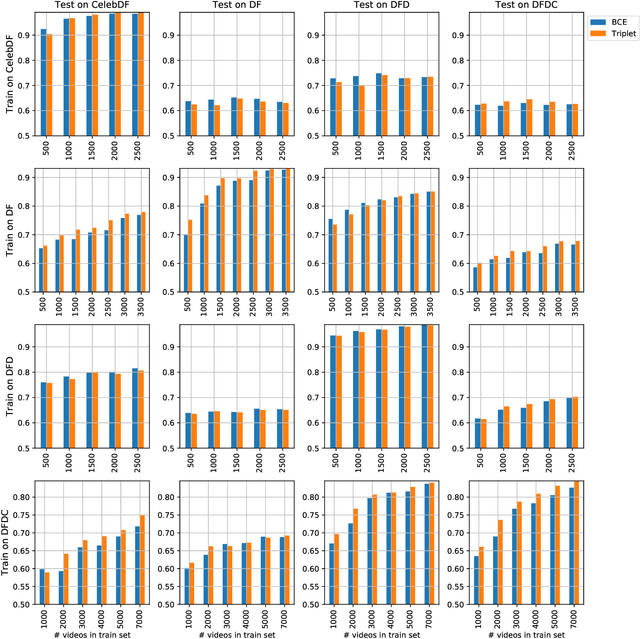
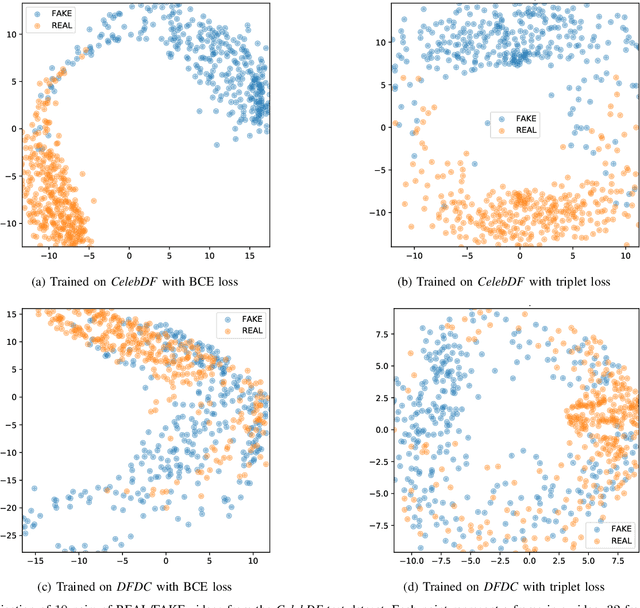


Abstract:The fast and continuous growth in number and quality of deepfake videos calls for the development of reliable detection systems capable of automatically warning users on social media and on the Internet about the potential untruthfulness of such contents. While algorithms, software, and smartphone apps are getting better every day in generating manipulated videos and swapping faces, the accuracy of automated systems for face forgery detection in videos is still quite limited and generally biased toward the dataset used to design and train a specific detection system. In this paper we analyze how different training strategies and data augmentation techniques affect CNN-based deepfake detectors when training and testing on the same dataset or across different datasets.
Video Face Manipulation Detection Through Ensemble of CNNs
Apr 16, 2020
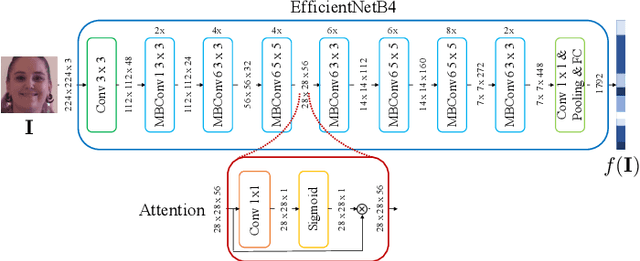
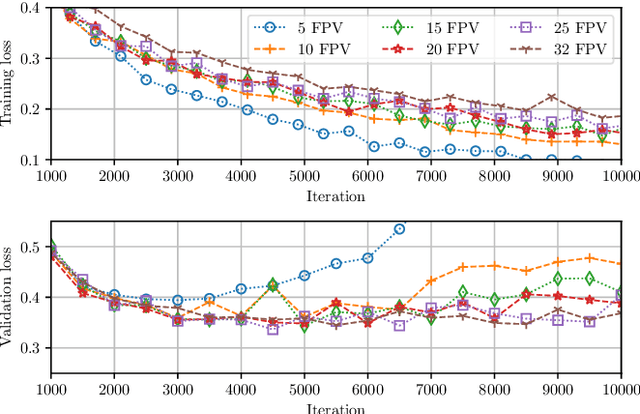

Abstract:In the last few years, several techniques for facial manipulation in videos have been successfully developed and made available to the masses (i.e., FaceSwap, deepfake, etc.). These methods enable anyone to easily edit faces in video sequences with incredibly realistic results and a very little effort. Despite the usefulness of these tools in many fields, if used maliciously, they can have a significantly bad impact on society (e.g., fake news spreading, cyber bullying through fake revenge porn). The ability of objectively detecting whether a face has been manipulated in a video sequence is then a task of utmost importance. In this paper, we tackle the problem of face manipulation detection in video sequences targeting modern facial manipulation techniques. In particular, we study the ensembling of different trained Convolutional Neural Network (CNN) models. In the proposed solution, different models are obtained starting from a base network (i.e., EfficientNetB4) making use of two different concepts: (i) attention layers; (ii) siamese training. We show that combining these networks leads to promising face manipulation detection results on two publicly available datasets with more than 119000 videos.
 Add to Chrome
Add to Chrome Add to Firefox
Add to Firefox Add to Edge
Add to Edge